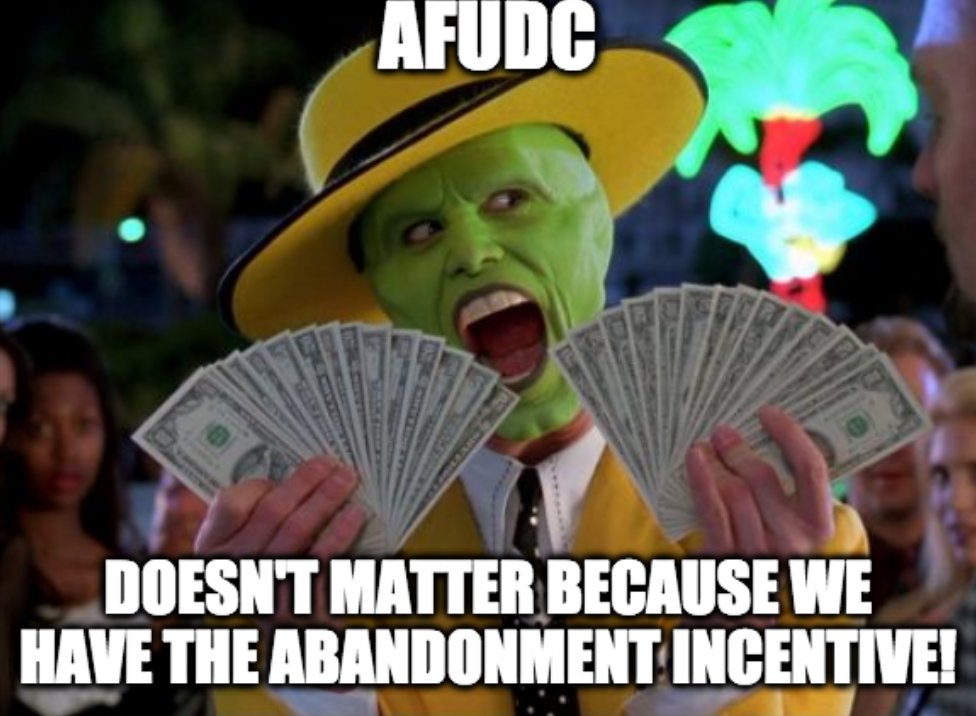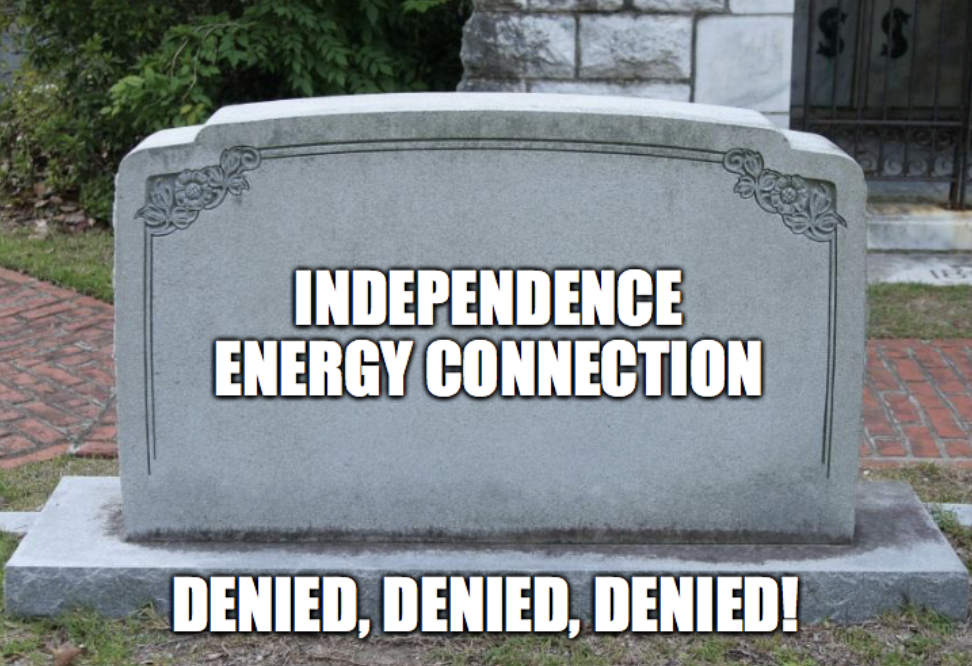But what must be the most difficult pill to swallow is the legislators’ statements that House Bill 2005, which reforms eminent domain law for future transmission projects, represents one of the success stories of the 2020 session.
Lawmakers should be willing to call it what it is. Perhaps not a sellout, but a difficult compromise that comes at the expense of those landowners who are most affected and led this fight.
The editorial says:
You could point to several benefits of Grain Belt, the 780-mile transmission project bringing wind power from Kansas to populations further east.
The customers on the receiving end get plenty of benefits. But who, exactly? Unlike something more tangible like gasoline, it’s hard to see where electricity is directed on the grid, but the fact that Grain Belt will end near Indiana suggests that many of its beneficiaries are there and not here.
Invenergy, the for-profit company building Grain Belt, could benefit nicely when it starts to sell the power.
And let's talk about capacity... that's the only thing GBE is selling. It's selling room on its transmission line, it's not selling power. Any power that may flow over GBE must be purchased separately from another entity than GBE. GBE is not selling power!
Although, News-Press maybe accidentally gets pretty close to the truth, "Invenergy could benefit nicely when it starts selling power". That's right... Invenergy could sell power from its own generators, and only its own generators, and ship it "further east" on GBE, making the transmission line an exclusive, private driveway for only Invenergy to use. Would the Missouri PSC and the Missouri legislature be okay granting eminent domain for that? It wouldn't be a public use. It would be a private use.
I dunno... maybe they'll pull their head out of their vanilla panna cotta and begin pondering?
At any rate... News-Press needs to quit sounding so fatalistic. This is not the end of opposition to GBE, it's just the beginning of Missouri landowners finding out who their elected officials really are.




 RSS Feed
RSS Feed